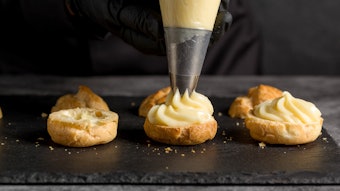
For a moment, imagine that the constraints of ingredient scarcity and price were no longer issues in the flavor and fragrance industry. Freed from these shackles, what products would the industry create? What fragrances and flavors would be incorporated into which products?
Limitations on supply, whether from diseases like the citrus greening currently ravaging Florida’s crops, or overharvesting that has threatened prized species such as sandalwood, have long posed a challenge for the flavor and fragrance industry, and limit its ability to fully leverage some of the most desired aromas and flavors.1,2
The Evolution of Chemistry for Flavors and Fragrances
Extracting the aromatic principles of plants dates back to the times of ancient Greece, and was the principle means for creating perfumes through the 1700s in France and other European countries. In the 1800s, chemical analysis of essential oils, the aromatic volatiles of plants, led to the isolation of the molecules responsible for aromas. By the early 20th century, the skills of organic chemistry had joined those of analytical chemistry, enabling scientists to create aromas and flavors in the laboratory.










